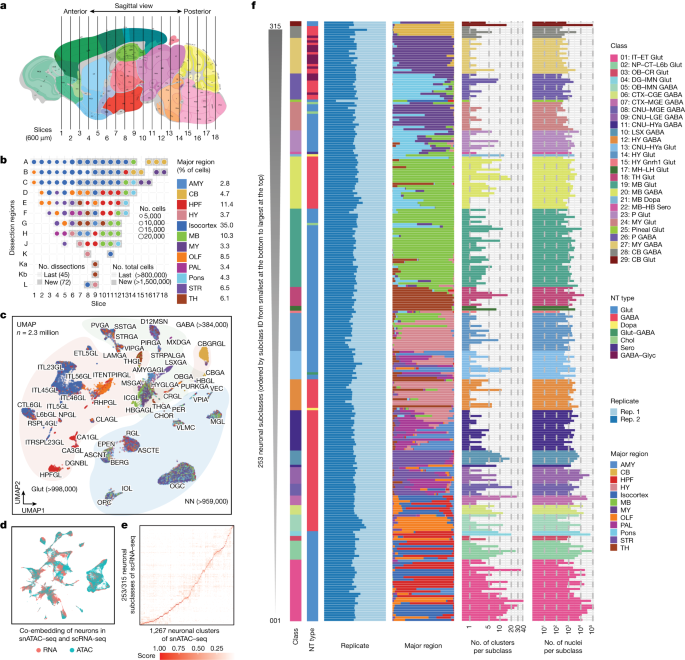2023-12-15 マサチューセッツ大学アマースト校
◆マサチューセッツ大学アムハースト校の環境および生殖の疫学者による研究では、フタル酸エステルによる妊娠損失との関連は見られず、代わりに妊娠を妨げる可能性が示唆された。
◆この研究は、欧州では一部制限があるものの、アメリカでは規制が不足している状況を浮き彫りにし、フタル酸エステルが女性の生殖健康に悪影響を及ぼす可能性が高いことを強調しています。
<関連情報>
- https://www.umass.edu/news/article/exposure-household-chemicals-can-lower-odds-getting-pregnant
- https://ehp.niehs.nih.gov/doi/10.1289/EHP12287
妊娠前のフタル酸エステル類への曝露と女性の生殖に関する健康: 妊娠、流産、およびその根底にあるメカニズム Preconception Phthalate Exposure and Women’s Reproductive Health: Pregnancy, Pregnancy Loss, and Underlying Mechanisms
Carrie J. Nobles, Pauline Mendola, Keewan Kim, Anna Z. Pollack, Sunni L. Mumford, Neil J. Perkins, Robert M. Silver, and Enrique F. Schisterman
Environmental Health Perspectives published:13 December 2023
DOI:https://doi.org/10.1289/EHP12287

Abstract
Background:
Phthalates are endocrine-disrupting chemicals linked to adverse pregnancy outcomes. Despite the sensitivity of female reproductive processes to oxidation–reduction reaction stress and endocrine disruption, evidence for the impact of women’s phthalate exposure on the ability to establish and maintain pregnancy has been inconclusive.
Objectives:
We aimed to determine the relationship of preconception phthalate metabolite exposure with a) fecundability and pregnancy loss and b) markers of potential biological mechanisms, including reproductive hormones, inflammation, and oxidative stress.
Methods:
Data were collected from the Effects of Aspirin in Gestation and Reproduction (EAGeR) trial, a preconception study following 1,228 women who were attempting pregnancy, for up to six menstrual cycles and throughout pregnancy if they became pregnant. Twenty phthalate metabolites were measured in a consecutive 3-d pooled urine sample at enrollment. Pregnancy was determined through urinary human chorionic gonadotropin (hCG) at the expected date of menses during each cycle and pregnancy loss as an observed loss following positive hCG. Highly sensitive C-reactive protein (hsCRP) and isoprostanes were measured at enrollment, and reproductive hormones were measured during the follicular phase, ovulation, and luteal phase. Discrete-time Cox proportional hazards models evaluated the relationship of phthalate metabolites with fecundability and weighted Poisson models with robust variance evaluated the risk of pregnancy loss.
Results:
An interquartile range (IQR) higher mono-(2-ethylhexyl) phthalate [fecundability odds ratio (FOR)=0.88; 95% confidence interval (CI): 0.78, 1.00], mono-butyl phthalate (FOR=0.82; 95% CI: 0.70, 0.96), and mono-benzyl phthalate (FOR=0.85; 95% CI: 0.74, 0.98) was associated with lower fecundability. No consistent associations were observed with pregnancy loss. Preconception phthalates were consistently associated with higher hsCRP and isoprostanes, as well as lower estradiol and higher follicle-stimulating hormone across the menstrual cycle.
Discussion:
Women’s preconception exposure to phthalates was associated with lower fecundability, changes in reproductive hormones, and increased inflammation and oxidative stress. The pre- and periconception periods may represent sensitive windows for intervening to limit the reproductive toxicity of phthalate exposure. https://doi.org/10.1289/EHP12287


